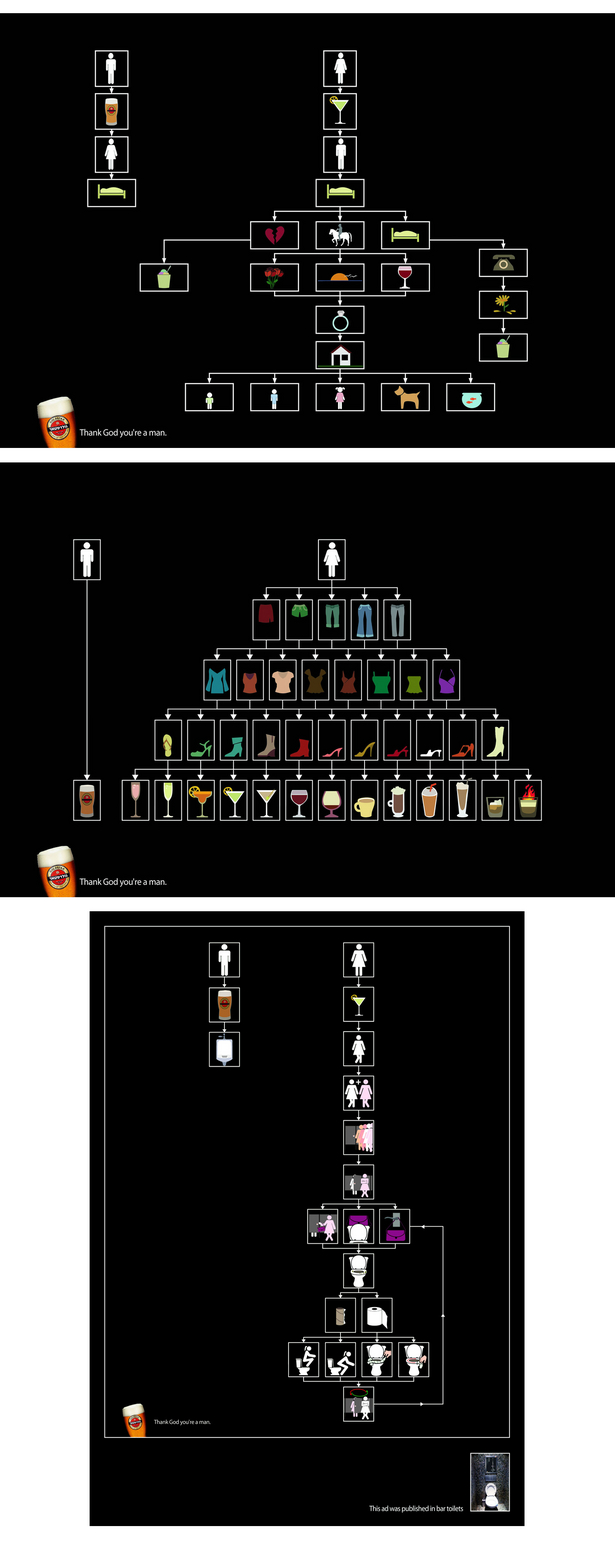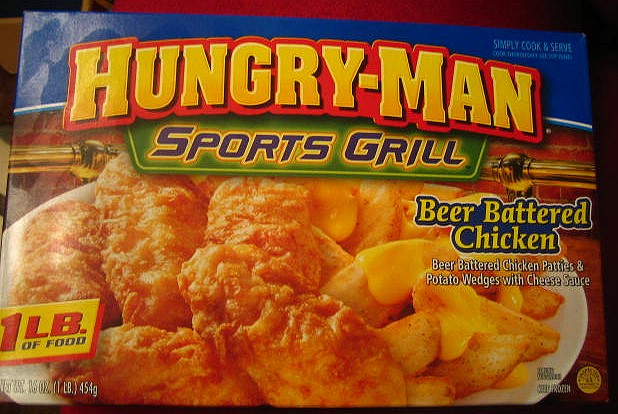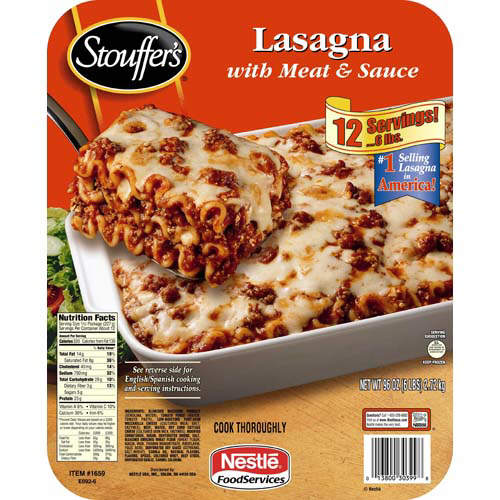Christoph B. sent in these Goldstar Beer ads, found at BuzzFeed, that show the differences between men and women:
I know that I, for one, immediately start thinking about marriage every time I meet a guy. My new male neighbor waved at me the other day, and I ran out and bought a wedding dress, just in case.
The other thing here is the assumption that a) the viewer is definitely a man and b) of the two options, the “man’s” life is always preferable. I suppose in the second two ads that might be reasonable–although I never experience all that many problems using public restrooms, but whatever–but why is it automatically better to have sex with no emotional attachments or expectations of ever interacting again? I doubt that all men enjoy such encounters, any more than all women are thinking of marriage every time they have sex with someone.
Gwen Sharp is an associate professor of sociology at Nevada State College. You can follow her on Twitter at @gwensharpnv.





















